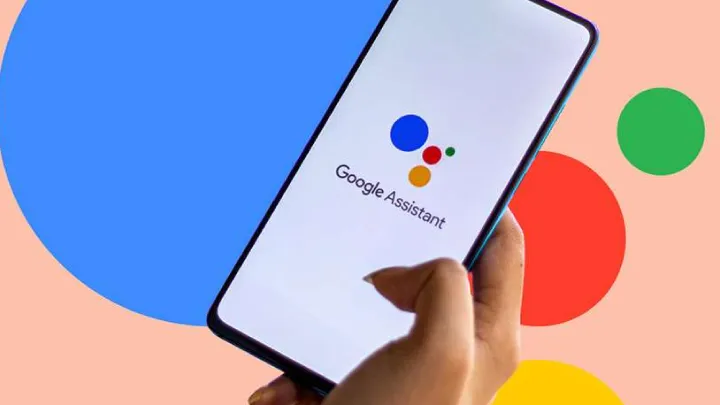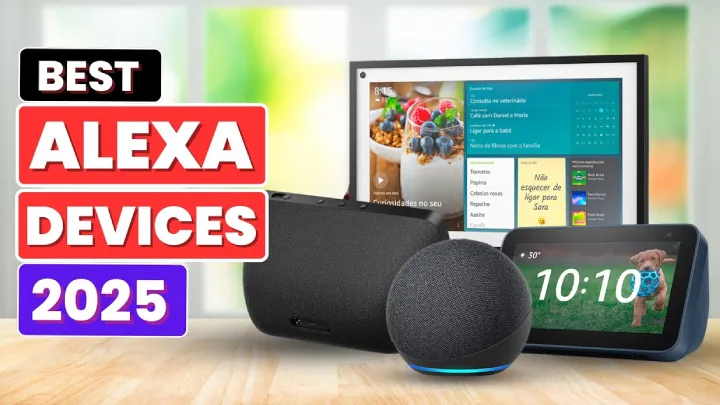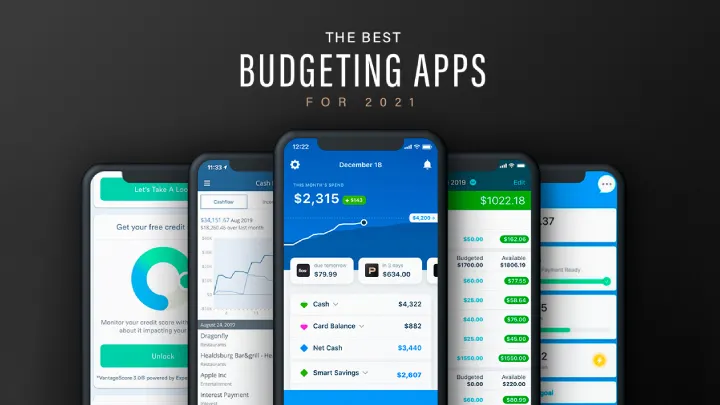Introduction: The New Era of Smart Living
In less than a decade, smart home assistants have evolved from simple voice-controlled devices into advanced AI-driven ecosystems capable of learning, predicting, and making context-based decisions. What began as basic voice commands to turn lights on or play music has transformed into intelligent systems that serve as the central “brain” of the modern home.
The biggest leap in 2025 is the shift from reactive assistants to proactive and predictive AI companions. Instead of waiting for instructions, these assistants anticipate user needs, optimize daily routines, and even provide personalized health, energy, and lifestyle recommendations.
This article explores the Top 5 Smart Home AI Assistants in 2025, examining how each platform is shaping the future of connected living.

1. Amazon Alexa 2025: A Familiar Name with New Intelligence
Amazon Alexa continues to dominate the smart home space, but in 2025 it looks nothing like the Alexa we knew a few years ago. Powered by the fourth generation of Amazon’s large-scale AI, Alexa is now contextually aware and capable of natural, flowing conversations.
Instead of waiting for commands, Alexa can initiate helpful actions proactively. For example, if it detects that the living room is too dark in the afternoon, it may suggest opening the blinds or automatically adjusting the lights. Alexa now feels less like a tool and more like a digital house manager.
Amazon has also addressed past concerns about privacy. The 2025 update processes most data locally, minimizing cloud dependence. Alexa’s ability to distinguish between family members’ voices ensures a personalized experience while safeguarding private information.
2. Google Assistant 2025: The Predictive Brain of the Home
If Alexa shines in device integration, Google Assistant excels as the predictive engine of the smart home. By 2025, Google’s assistant leverages cross-platform data from calendars, Gmail, Maps, Nest devices, and other IoT sensors to anticipate user needs before they’re spoken.
One of its biggest advancements is preemptive action planning. For instance, if Google sees a traffic jam on your usual commute and knows you have an important meeting, it can suggest leaving early, prepare your smart car, and adjust your home’s thermostat for your delayed return.
Beyond voice interaction, Google Assistant now supports multimodal communication through Nest Hub Vision devices. These can interpret hand gestures, facial expressions, and even physical posture. If you slump on the couch looking fatigued, Google Assistant may dim the lights, start calming music, and encourage you to rest.
3. Apple HomePod Siri 2025: Privacy and Wellness First
Apple has doubled down on privacy and health in 2025 with its HomePod Siri update. Siri 3.0 has advanced contextual understanding, enabling it to handle complex chained commands. For example: “Remind me to turn off the oven when I leave the house, and if I forget, turn it off automatically and notify me.” This shows Siri’s new ability to coordinate between reminders, location tracking, and device control seamlessly.
But perhaps the most impressive leap is health integration. Siri now pulls data from Apple Watch, Vision Pro, and HomeKit devices to create a home environment that actively supports wellness. It can adjust air quality for allergy sufferers, set bedroom lighting to improve circadian rhythm, or monitor sleep quality to suggest lifestyle changes.
Apple’s hallmark emphasis on on-device processing and encryption ensures that sensitive health and household data remain private, strengthening its position as the assistant of choice for security-conscious families.

4. Samsung SmartThings AI 2025: The Household Orchestrator
Samsung’s SmartThings AI has become the central hub for household management, leveraging its dominance in home appliances and displays. Unlike its competitors, Samsung focuses not only on digital tasks but also on physical household chores through automation.
In 2025, SmartThings can detect laundry loads through its smart hamper, schedule washing cycles during off-peak electricity hours, and even notify you when detergent is running low. Refrigerators integrated with SmartThings can recommend meals based on what’s inside and reorder groceries automatically when supplies run short.
Samsung also integrates AI through visual dashboards on smart TVs and displays. This allows families to view energy usage reports, security feeds, and household schedules in real time. With built-in optimization for renewable energy sources like solar panels, SmartThings AI contributes to both cost savings and sustainability.
5. Rising Challengers of 2025: Josh.ai, Mycroft Neo, and LG ThinQ
While tech giants dominate, smaller players have carved out niche markets in 2025. Josh.ai continues to thrive in luxury smart homes with its refined contextual control. A single command like “Good morning, Josh” can orchestrate an entire routine: opening blinds, starting coffee, and cueing up your favorite playlist.
Mycroft Neo appeals to the open-source community, offering deep customization without compromising data privacy. Its flexibility has attracted tech-savvy users who prefer control over their ecosystems.
Meanwhile, LG ThinQ AI has become a household name in kitchen automation. Its smart fridges and ovens suggest recipes, order ingredients online, and adjust cooking settings automatically. LG’s vision of a self-running kitchen has gained traction among busy urban families.
These challengers highlight the diversity of the market and push innovation beyond the established giants.

Conclusion: The Future of AI-Driven Homes Beyond 2025
The year 2025 marks a turning point in smart home AI assistants. Amazon Alexa, Google Assistant, Apple Siri, Samsung SmartThings, and emerging players like Josh.ai and LG ThinQ are redefining what it means to live in a connected home.
The future trajectory points toward three pillars: smarter predictive intelligence, seamless cross-device integration, and uncompromising data privacy. These trends will elevate AI assistants from convenience tools to indispensable companions in daily life.
Looking ahead, the smart home will not only respond to human commands but also anticipate, care for, and adapt to its residents’ needs. In just a few years, AI assistants may become more like trusted household members—understanding moods, managing health, and making homes not just smarter, but truly empathetic.

















